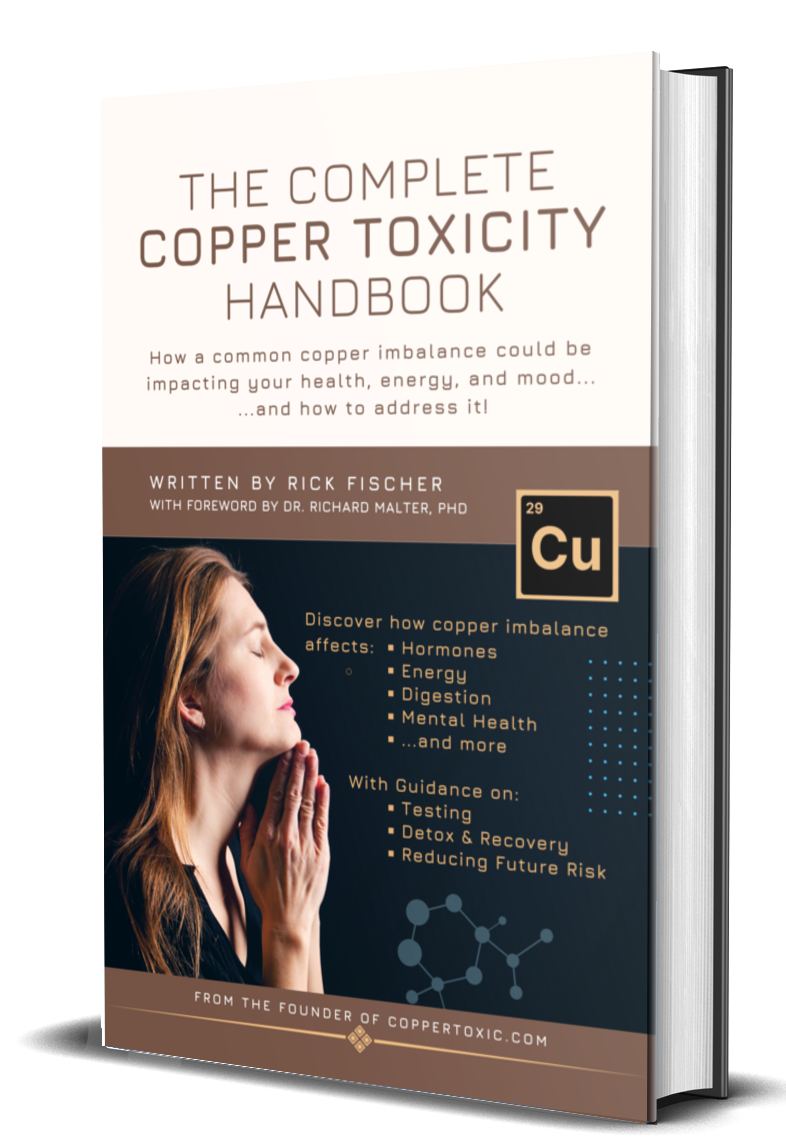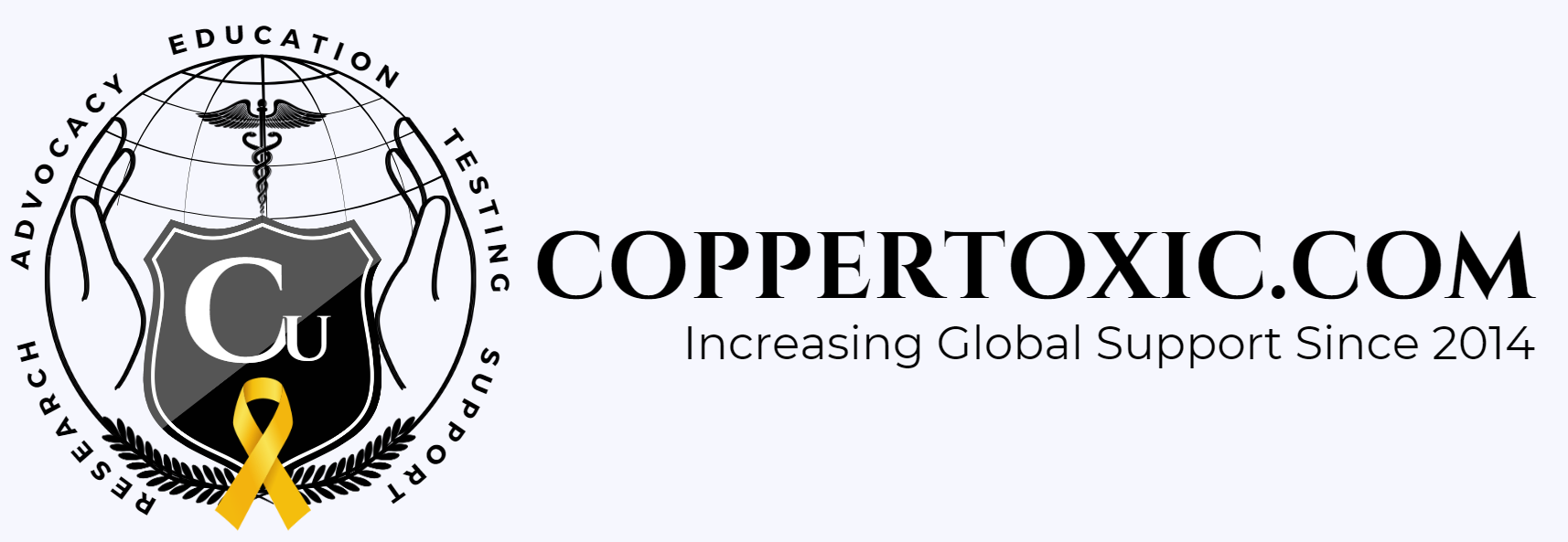Copper Sulfate on Crops
Copper sulfate is often used in pools, hot tubs, and municipal drinking water supplies to control yeast, bacterial or algae growth. Focusing here on crops, copper sulfate, though numerous studies show it is toxic to humans and the environment, is approved as a pesticide under the USDA National Organic Program [8]. While the official pesticide information website on copper sulfate tries to paint it as being harmless (suggesting that ‘excess copper is excreted and not often stored in the body)’, this site [9], though somewhat dated, offers a somewhat more telling perspective . Since copper sulfate is derived from ‘natural sources’, it's allowed to be used on organic produce, even if it’s no less harmful than synthetic pesticides. In fact, the Committee on European Communities noted in their recommendations to Parliament in 1999 that copper sulfate was even more dangerous than the synthetic alternative. Some wineries in France (and other countries) have even stopped growing organic wine because of copper in the soil. Even though much of the spray is usually washed off the produce, it then ends up going into the soil, affecting the next batch of crops. “Typically, each spray with a copper-based fungicide results in an application of 1 to 4 lb. of copper per acre (raising the topsoil concentration from 0.5 to 2 ppm), and often several copper sprays are made per season. Thus, under a heavy copper spray program, toxic topsoil levels could be reached in a matter of decades.” [10] In other words, even those of us who try to live healthy and clean by eating organic fruits and vegetables are at risk of toxic copper accumulation from even just this one source alone, especially in places where soil levels are not properly monitored.
[Incidentally, copper sulfate is common in dog food as well, leading to increased copper storage in dogs' livers, leading to in some cases very detrimental effects, as this veterinarian explains.]


